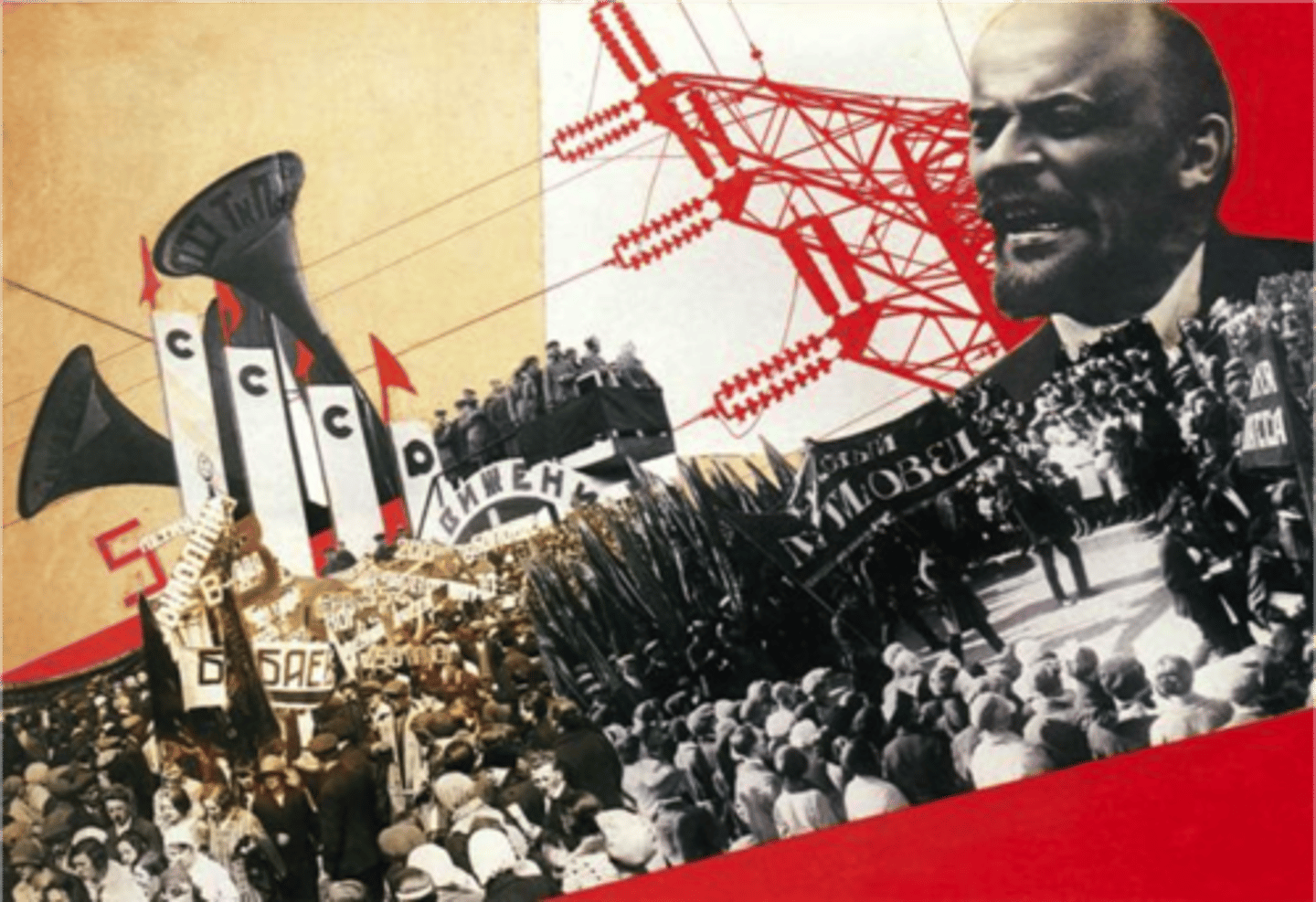LEA: Expressionism, Dada, Prairie School, De Stijl, Bauhaus, Surrealism, Russian/Soviet Avant-Garde
1/33
There's no tags or description
Looks like no tags are added yet.
Name | Mastery | Learn | Test | Matching | Spaced |
|---|
No study sessions yet.
34 Terms
Bauhaus
A Weimar (German) architectural school created by Walter Gropius which combined the fine arts and functionalism
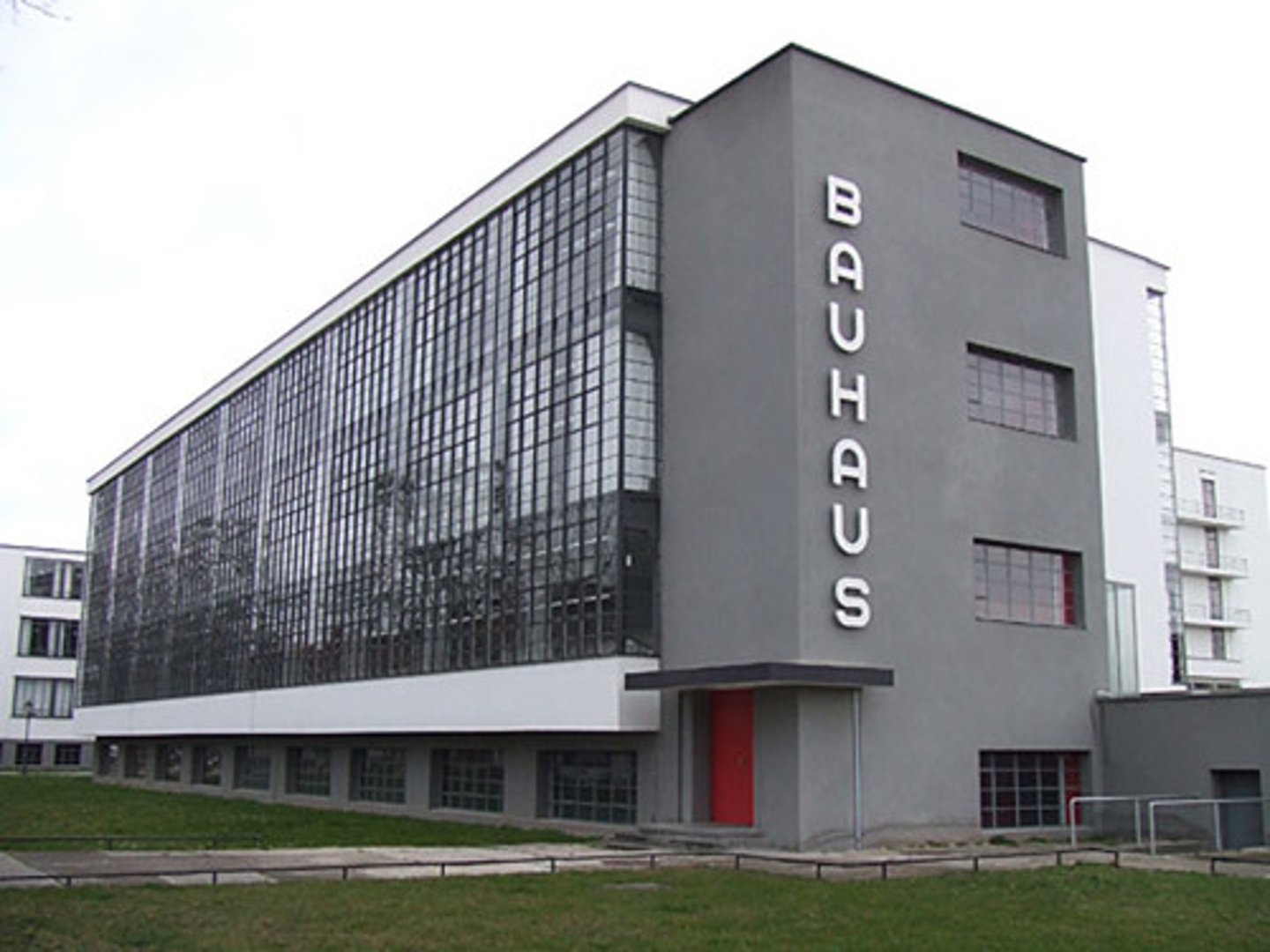
cantilever
A structure which is anchored at one end and can carry a load at the other end.
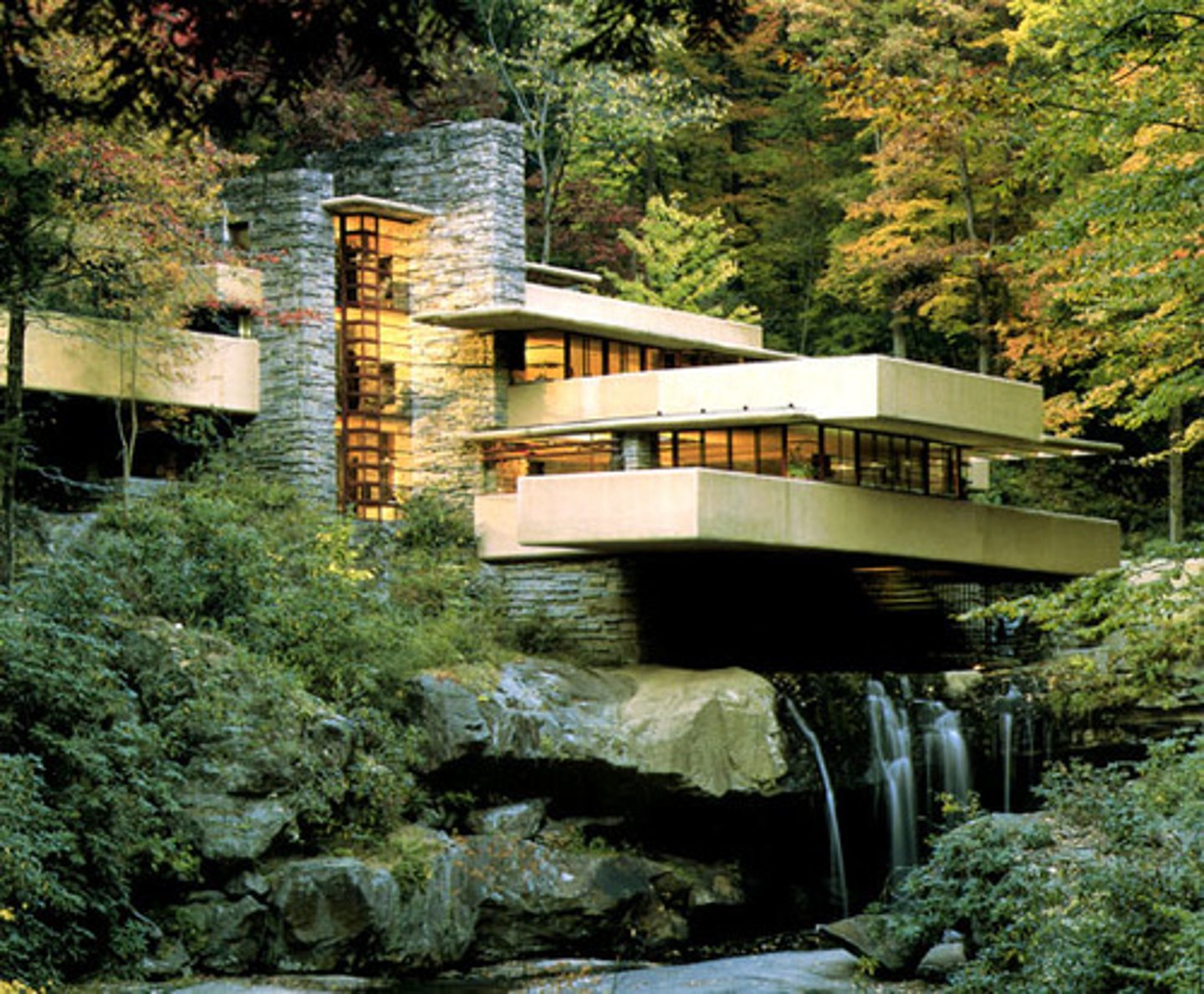
Constructivisim
Theory that artworks were part of a greater visual program meant to awaken the masses and lead them towards awareness of class divisions, social inequalities, and revolution. Art should reflect the industrial world and that it should be used as a tool in the Communist revolution.
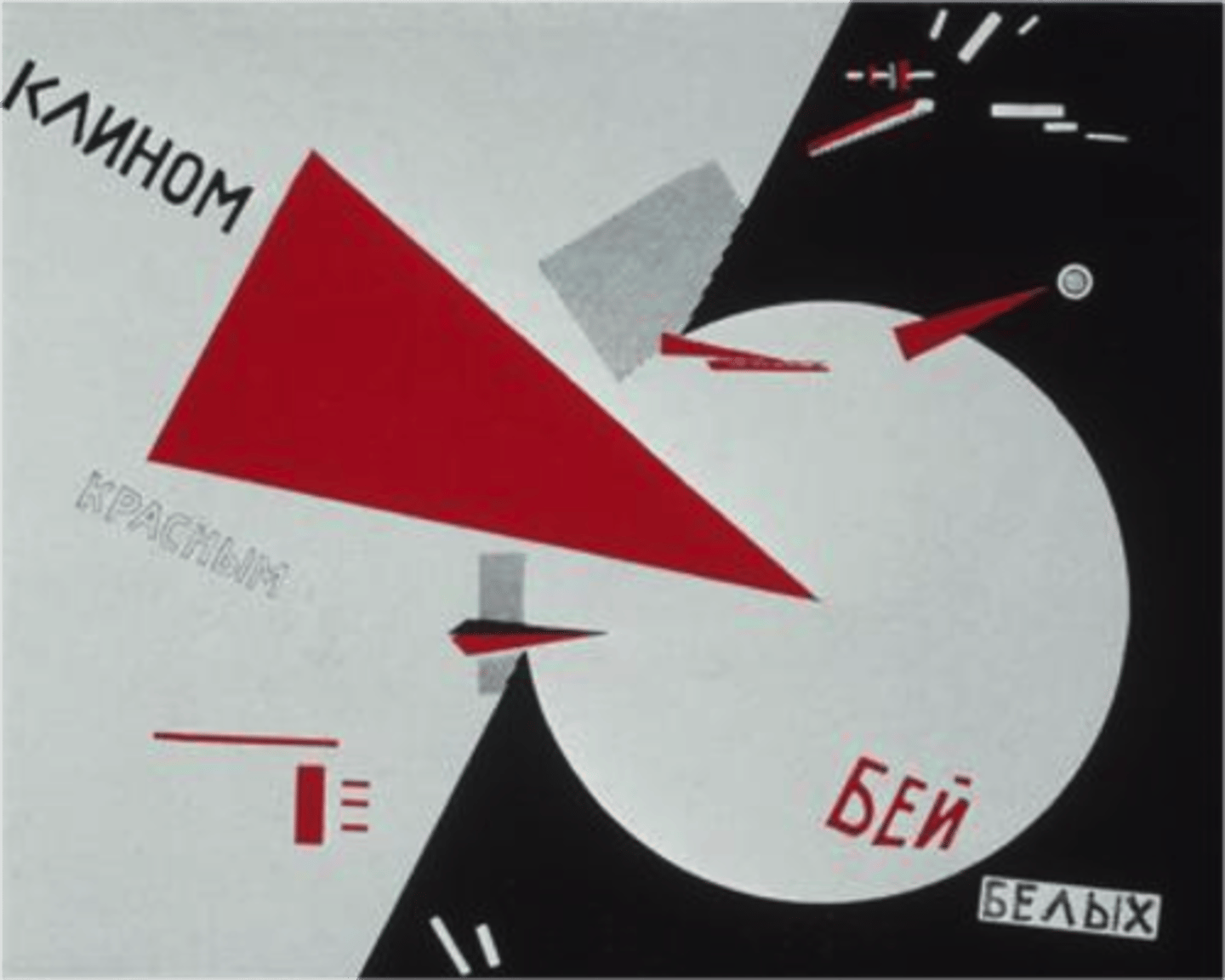
De Stijl
Dutch, "the style"; an artistic movement associated with a group of early 20th-century Dutch painters who used rectangular forms and primary colors in their works and who believed that art should have spiritual values and a social purpose.

Der Blaue Reiter
German, "the blue rider." An early-20th-century German Expressionist art movement founded by Vassily Kandinsky and Franz Marc. The artists selected the whimsical name because of their mutual interest in the color blue and horses.
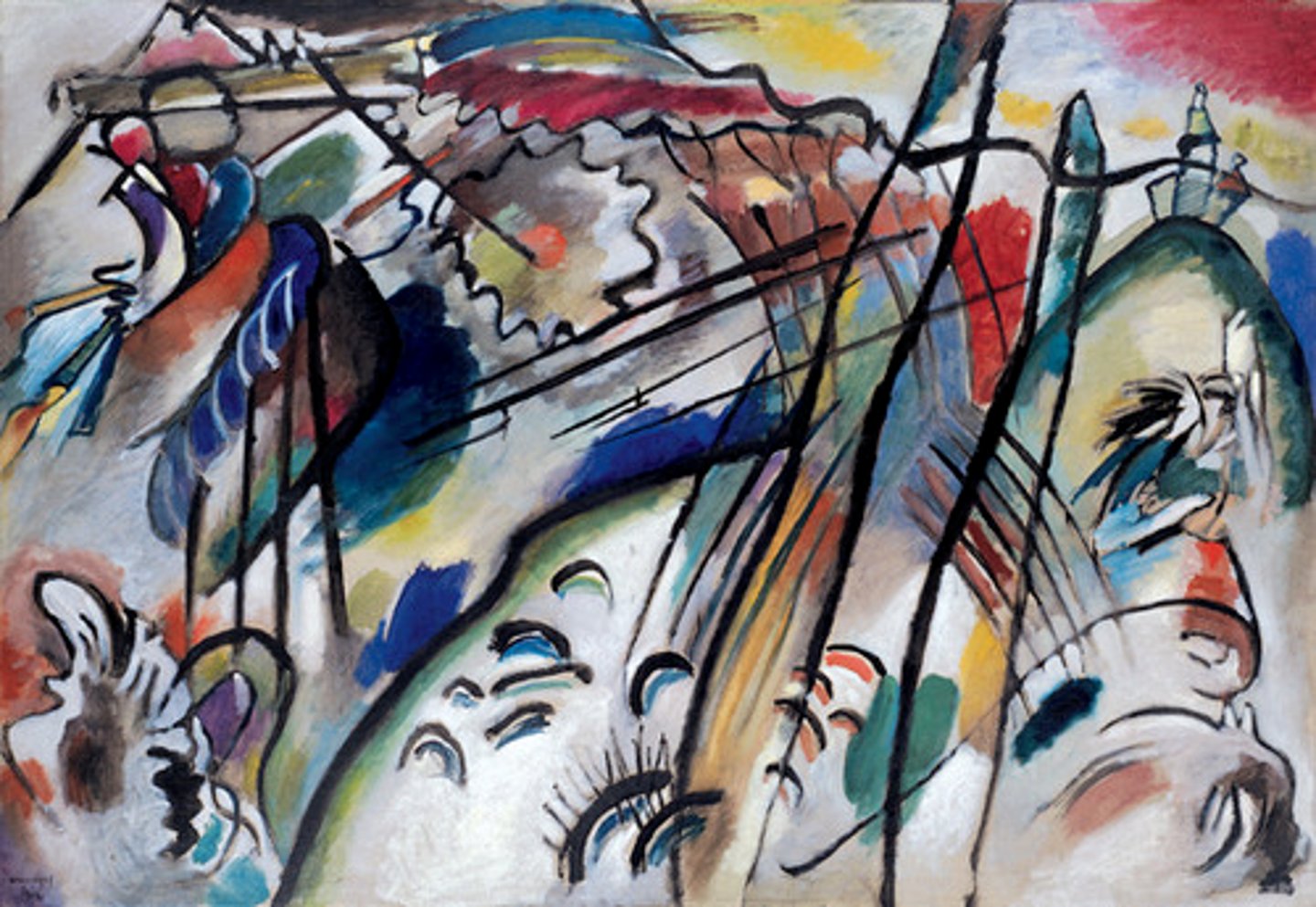
Die Brucke
German Expressionist movement that focused on distortions of form, ragged outlines, and agitated brush strokes to provoke powerfully emotional works; started by Ernst Ludwig Kirchner
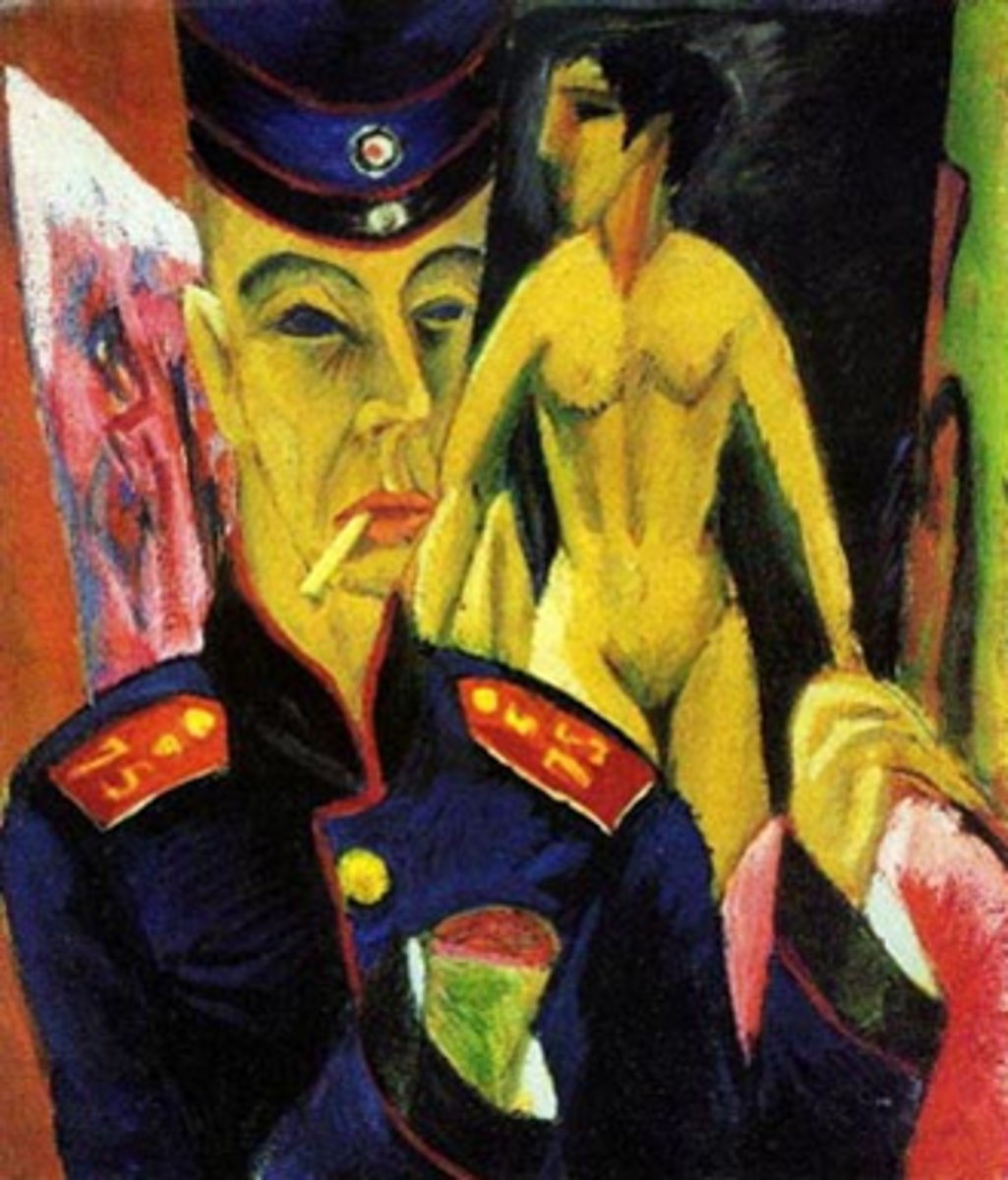
curtain wall construction
System containing an outer covering of a building in which the outer walls are non-structural
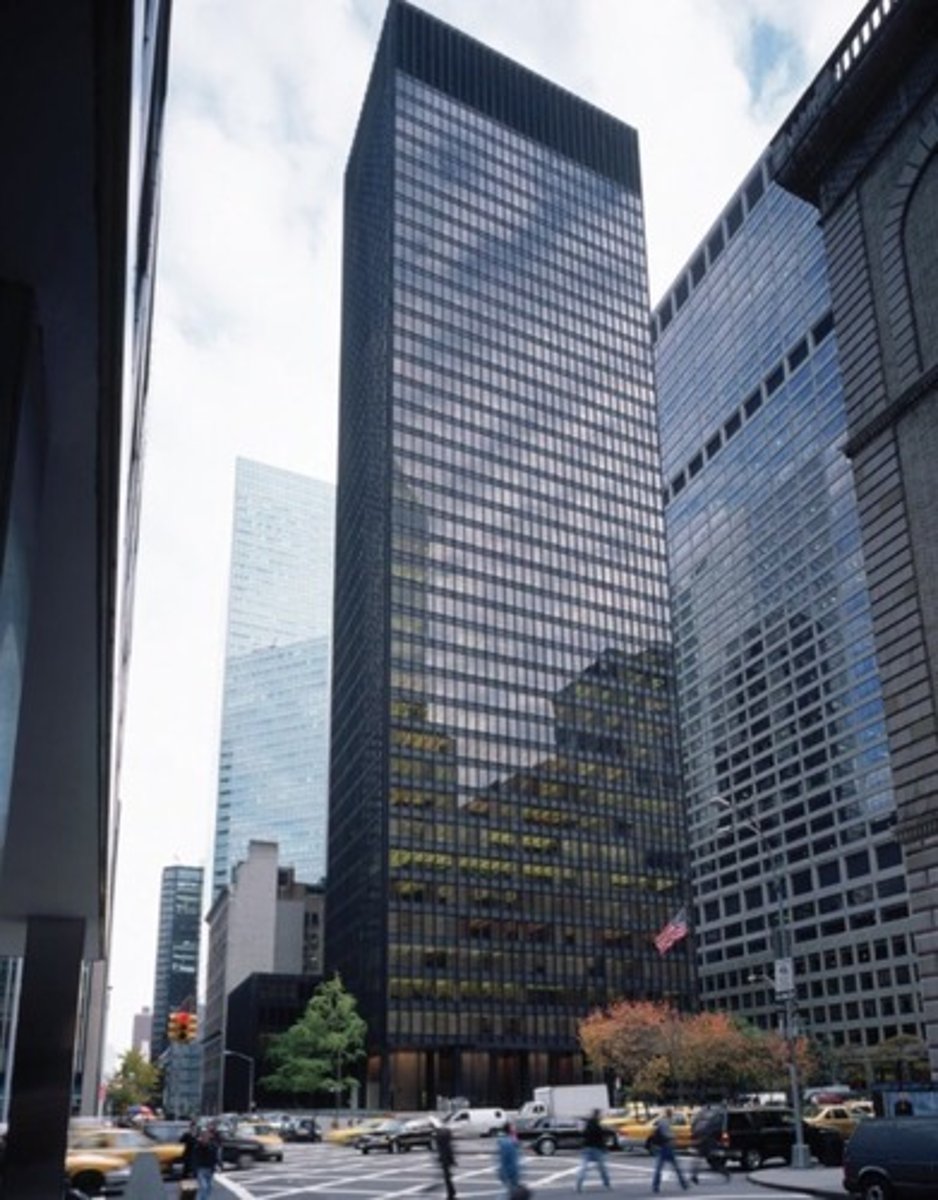
ferro-concrete
A modern development of concrete reinforced by the insertion of steel mesh or rods. Also called reinforced concrete
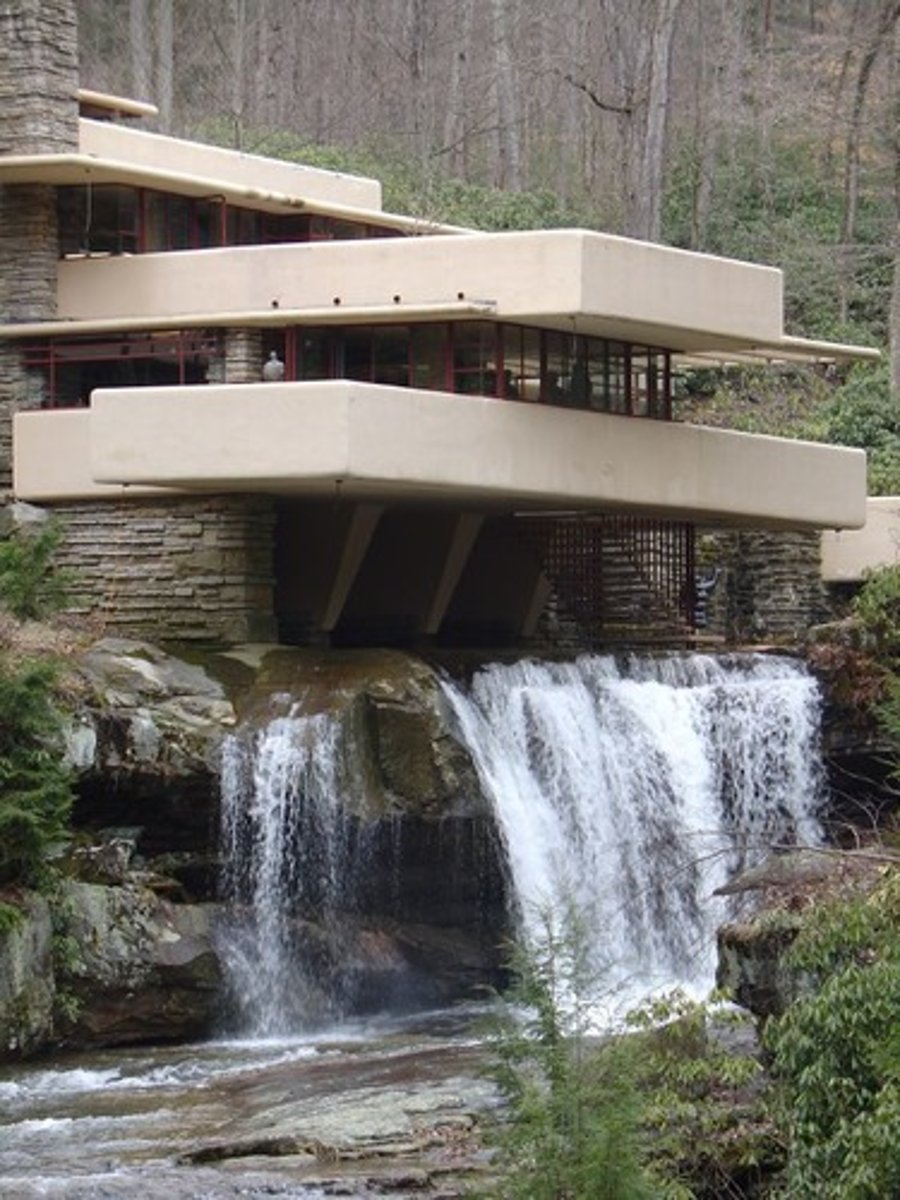
Folk art
art made by ordinary people (as opposed to trained artists) using traditional methods
G.W.F. Hegel (1770-1831)
German nationalist philosopher who developed the dialectical system which viewed history as a "Thesis + Antithesis = Synthesis" process; influenced Mondrian
International Style of Architecture
20th century. Associated with Le Corbusier- simplicity and elegance of design came to influence the look of modern office buildings and skyscrapers.
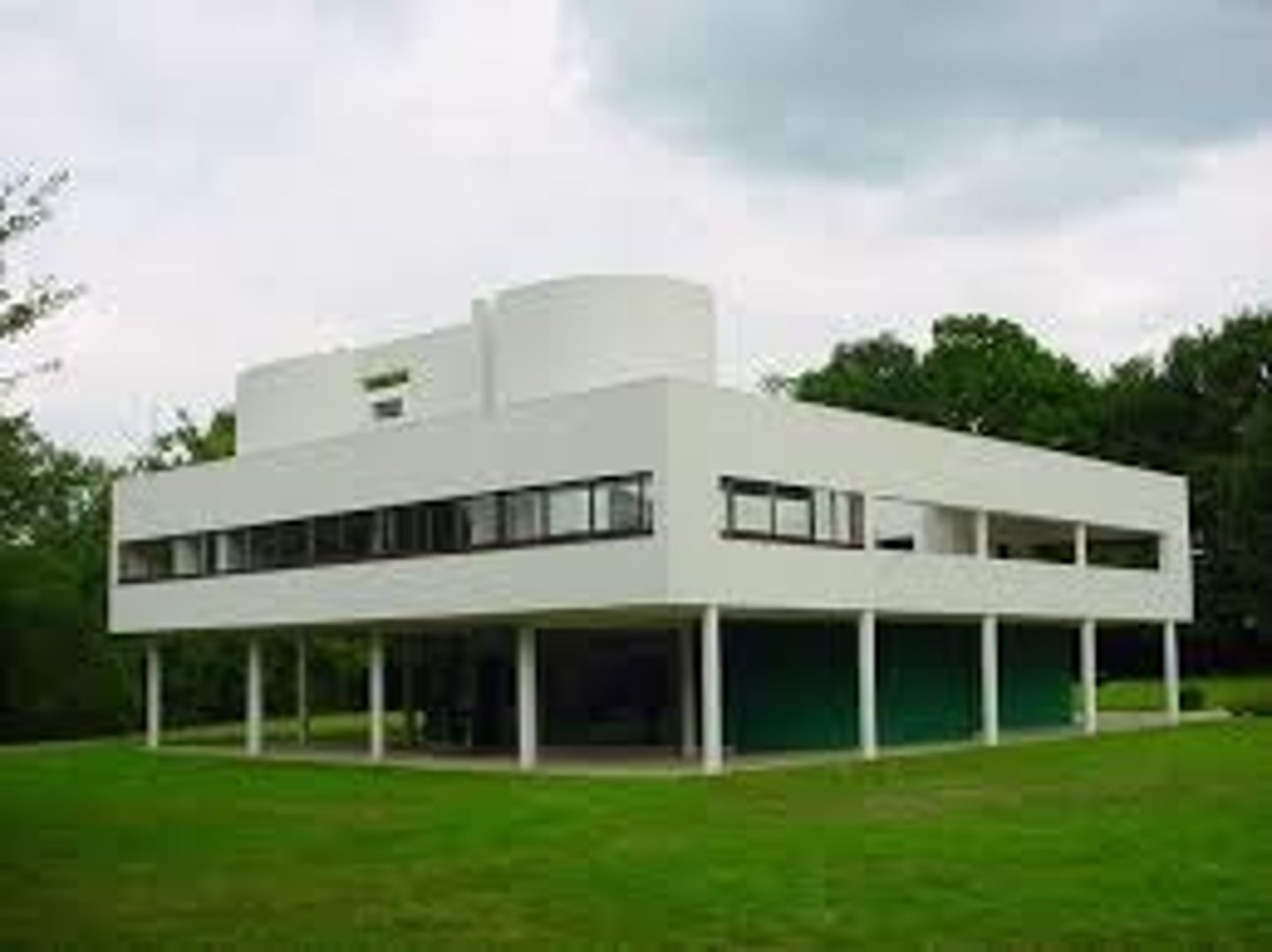
Mullions
a vertical bar between the panes of glass in a window.
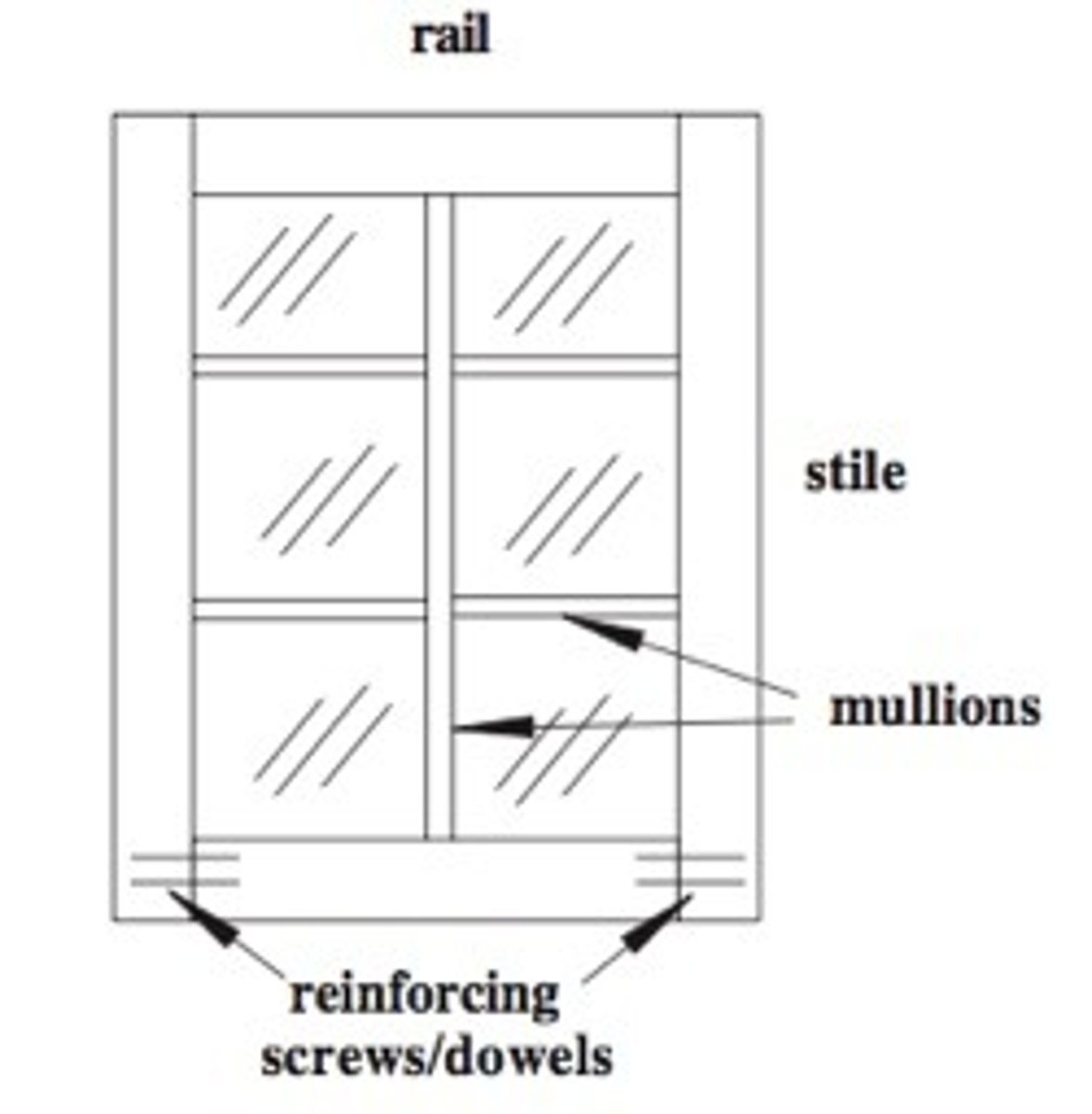
Neo-Plasticism
Term adopted by the Dutch pioneer of abstract art, Piet Mondrian, for his own type of abstract painting which used only horizontal and vertical lines and primary colors
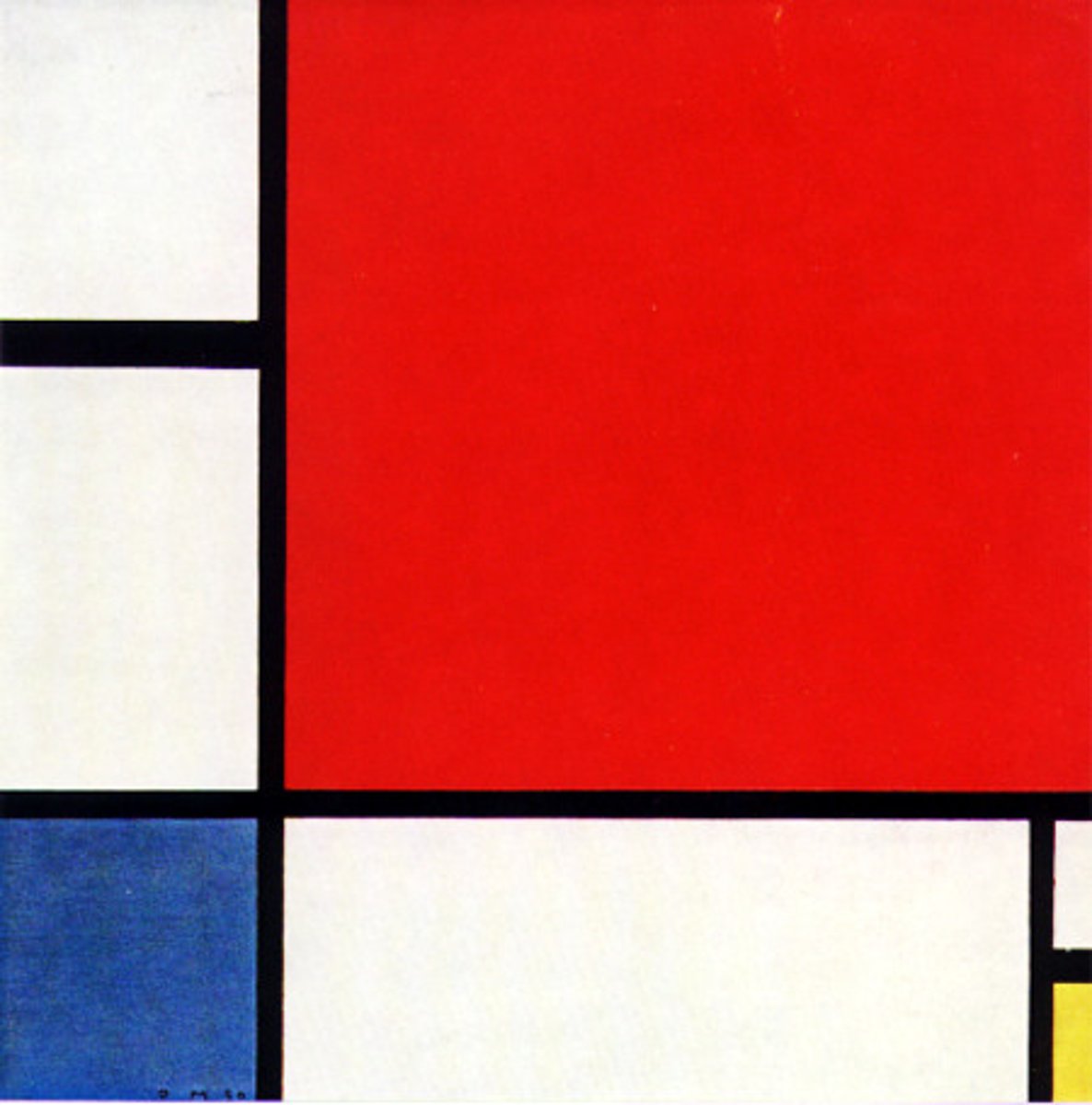
Frederich Nietzsche
Existentialist. Stressed the importance of the individuality of persons. Social systems are used to control individuality. Influenced Ernst Ludwig Kirchner
Organic architecture
Frank Lloyd Wright, used this type of architecture. This style flowed in harmony with its natural surroundings
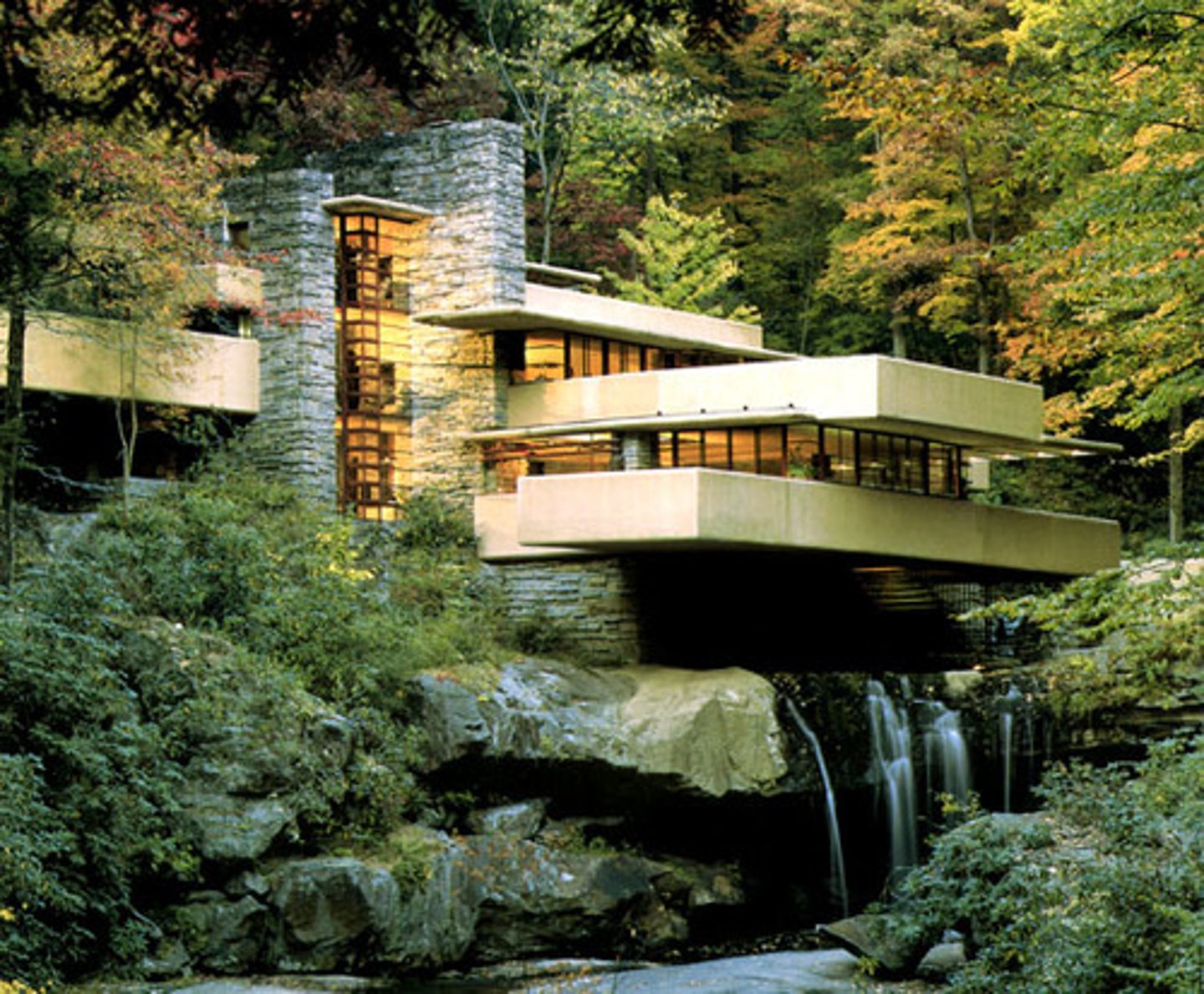
photomontage
a picture made of a combination of photographs
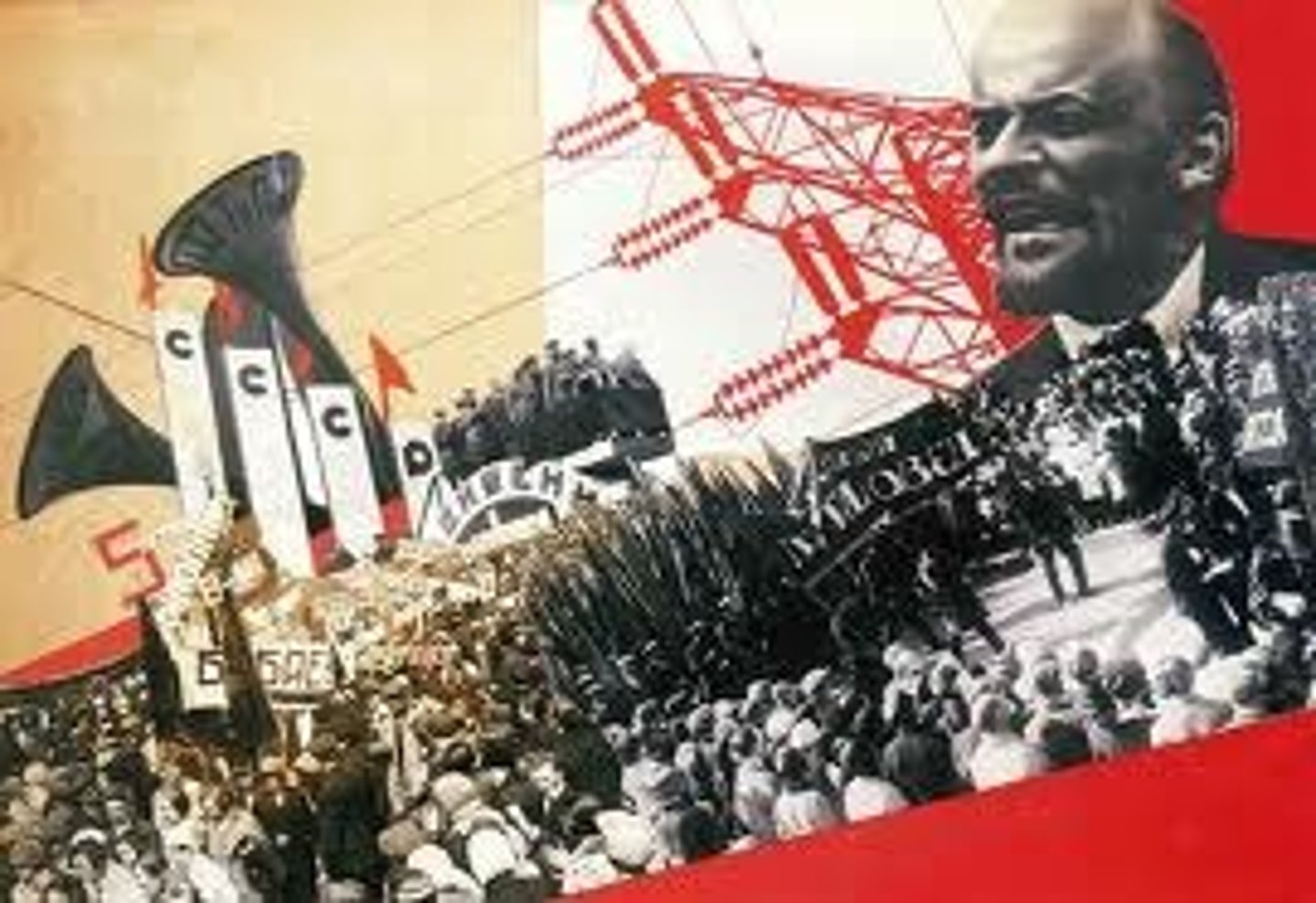
Primitive art
a genre of art and outdoor constructions made by untrained artists who do not recognize themselves as artists
readymades/found objects
mass-produced objects selected by the artists and sometimes "rectified," modified, or combined with another object; such objects are taken out of their ordinary environment; Duchamp
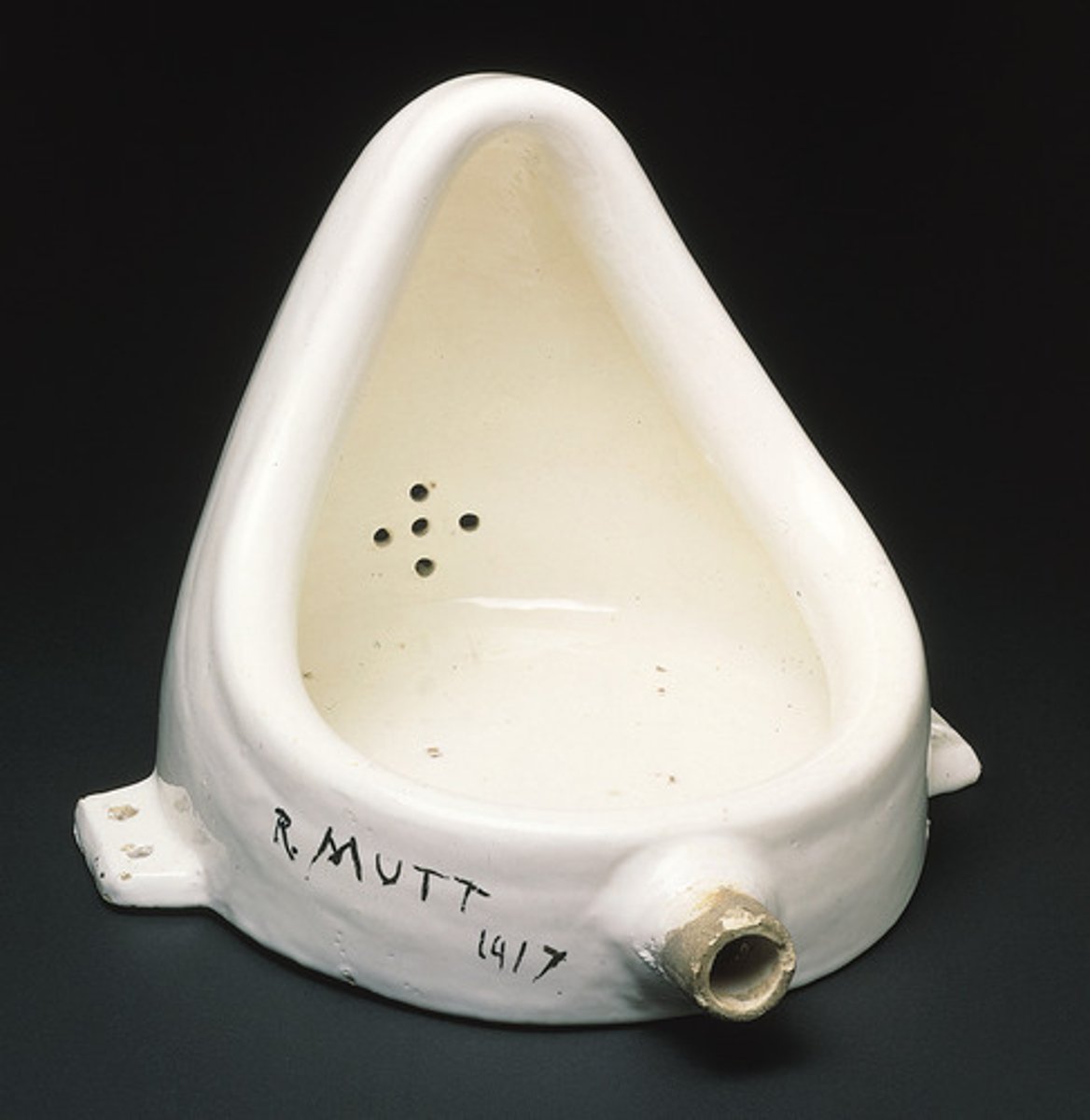
solarium
a room or porch surrounded by glass and exposed to the sun
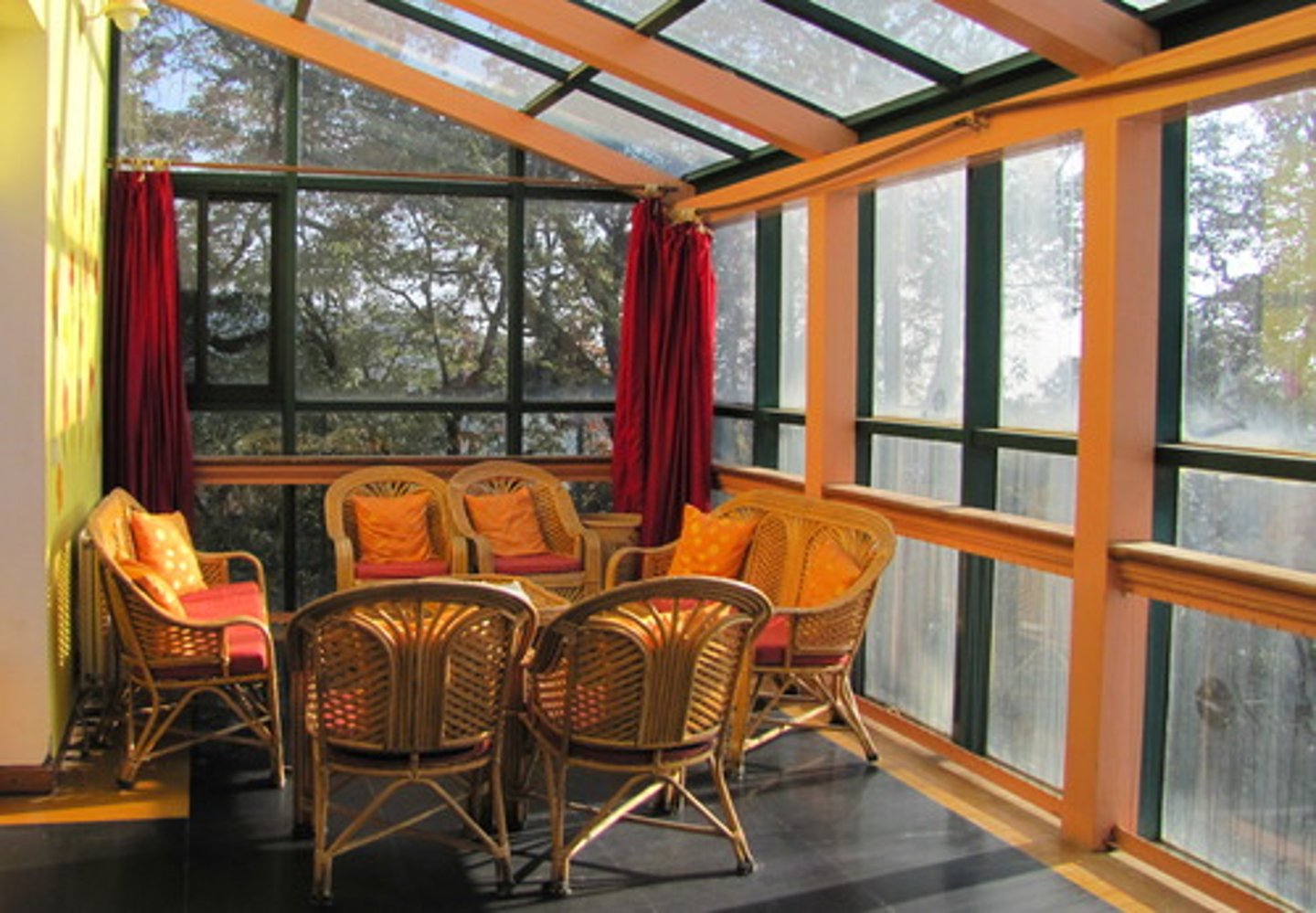
Synesthesia
when one kind of sensory stimulus evokes the subjective experience of another
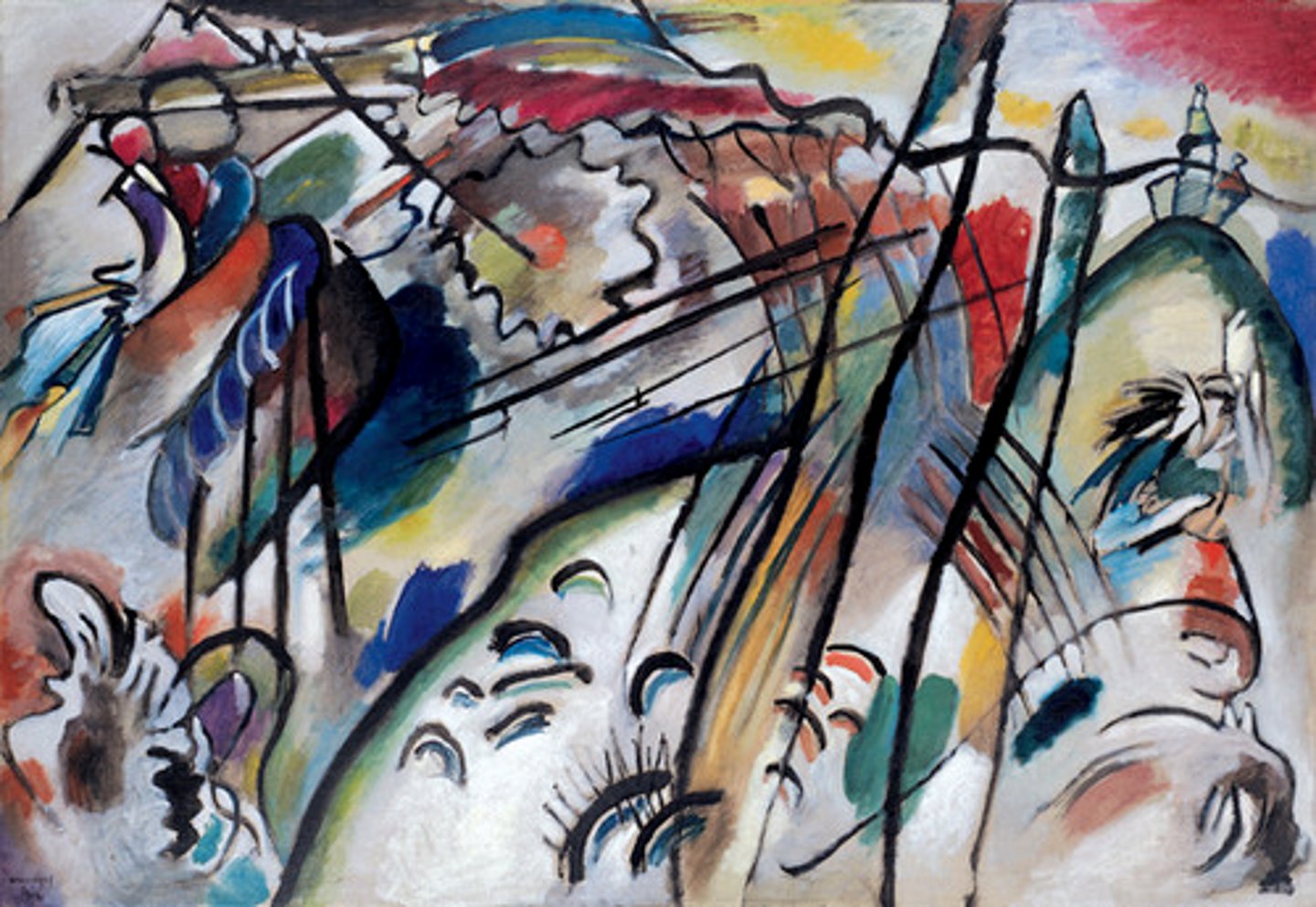
Theosophy
a system of philosophy or religion that proposes to establish direct, mystical contact with divine principles through contemplation or revelation; influenced Mondrian
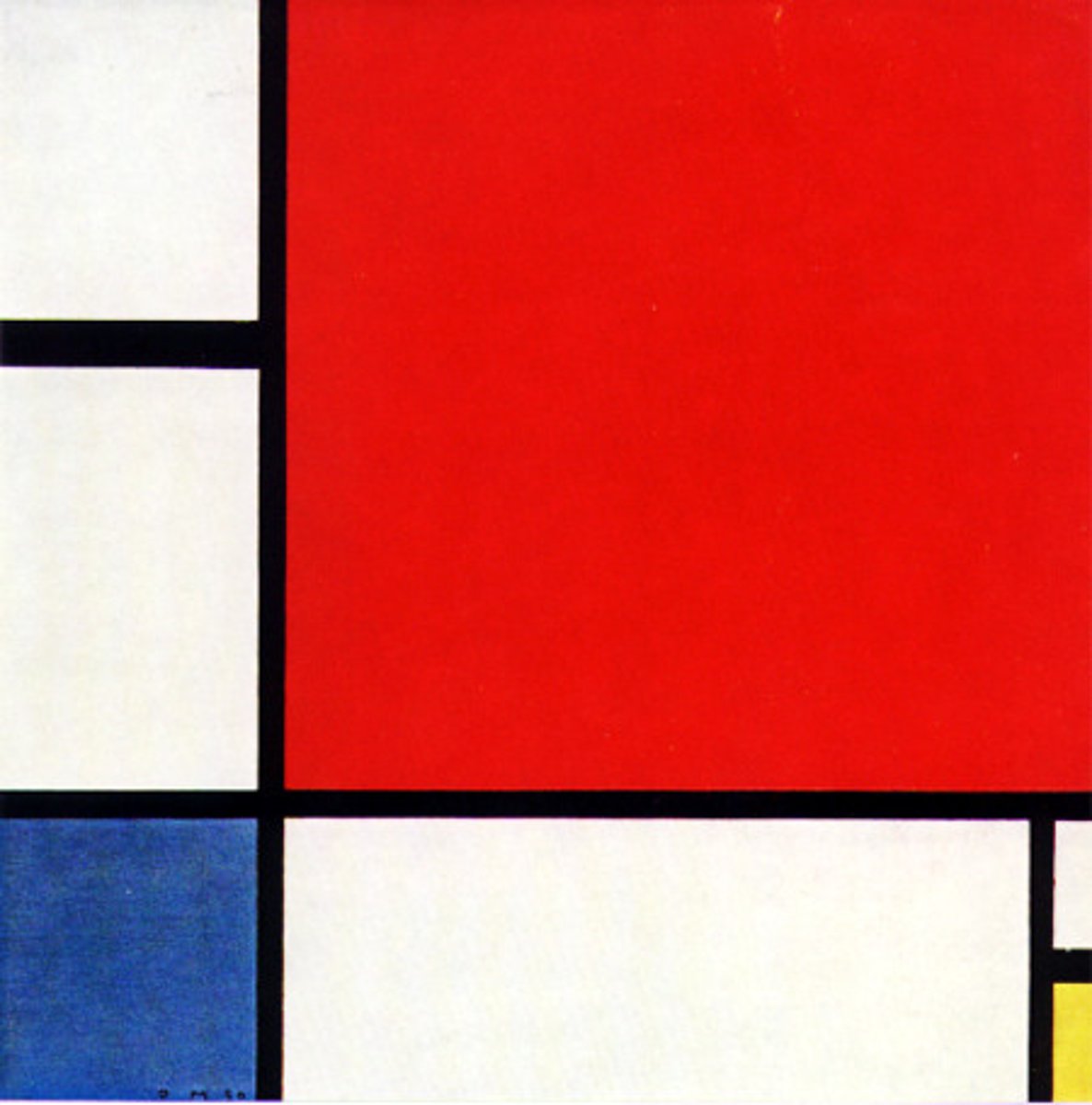
The Degenerate Art Exhibition
In 1937, 740 modern works were exhibited in the defamatory show Degenerate Art in Munich in order to "educate" the public on the "art of decay." The exhibition purported to demonstrate that modernist tendencies, such as abstraction, are the result of genetic inferiority and society's moral decline. Organized by Hitler. Kirchner's work was included.

Karl Liebknecht
was a German socialist and a co-founder of the Spartacist League and the Communist Party of Germany. Martyr.
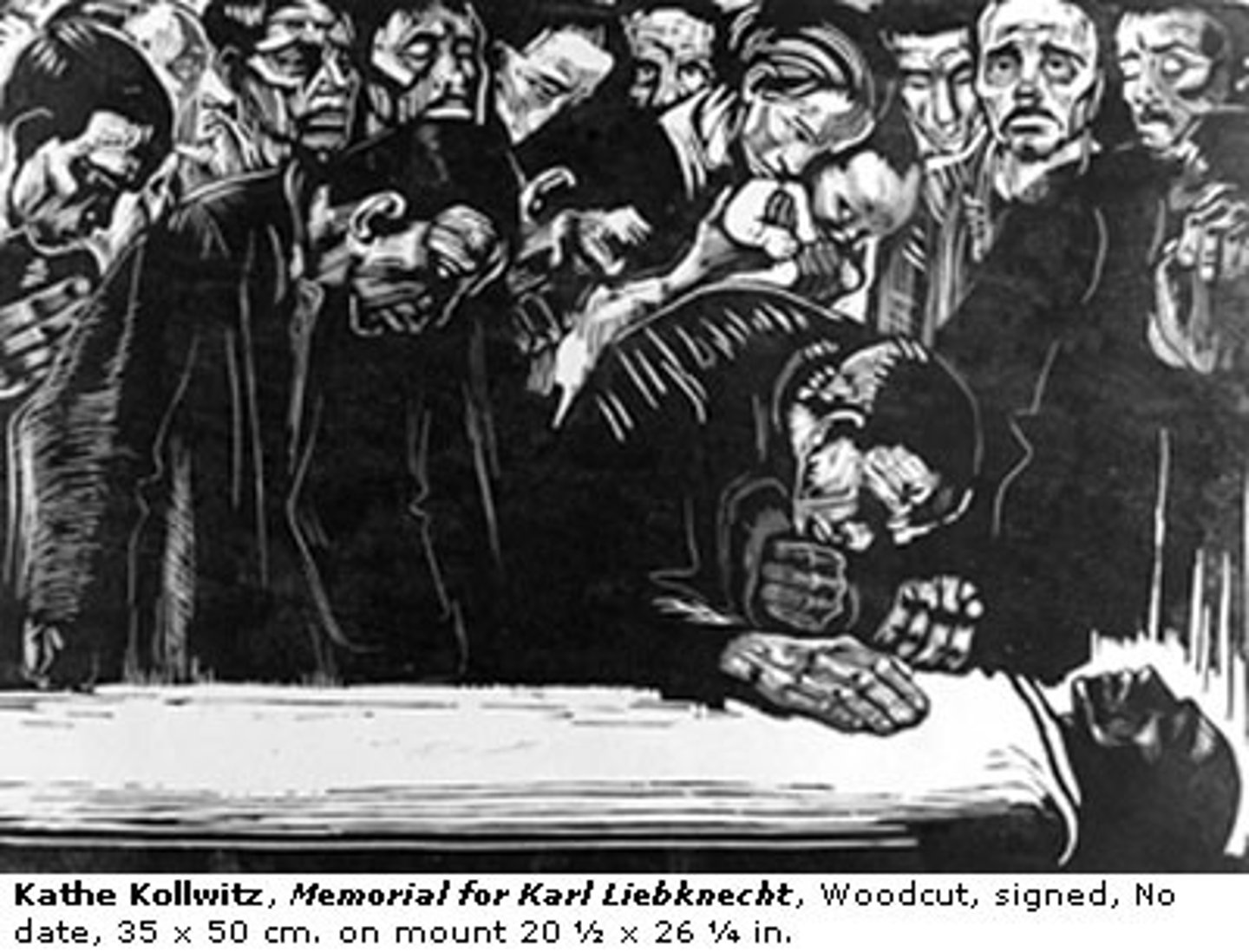
Dada Art
An early 20th century artistic movement that attacked traditional cultural styles and stressed the absence of purpose in life (type of art)
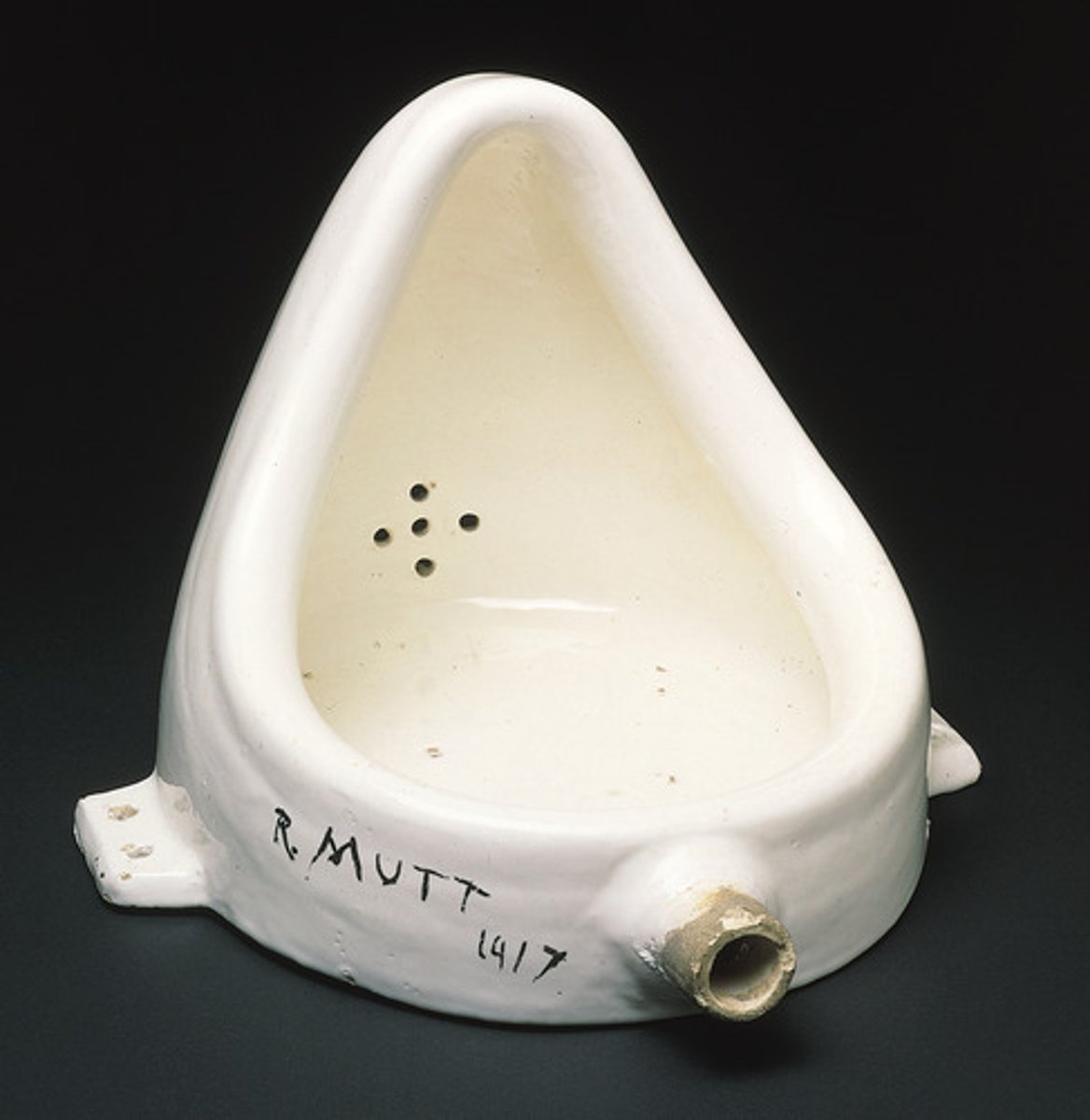
Improvisation 28 (second version)
Artist: Wassily Kandinsky
Period: Expressionism
Dates: 1912 C.E.
Culture: Germany (Russian)
Material: Oil on canvas
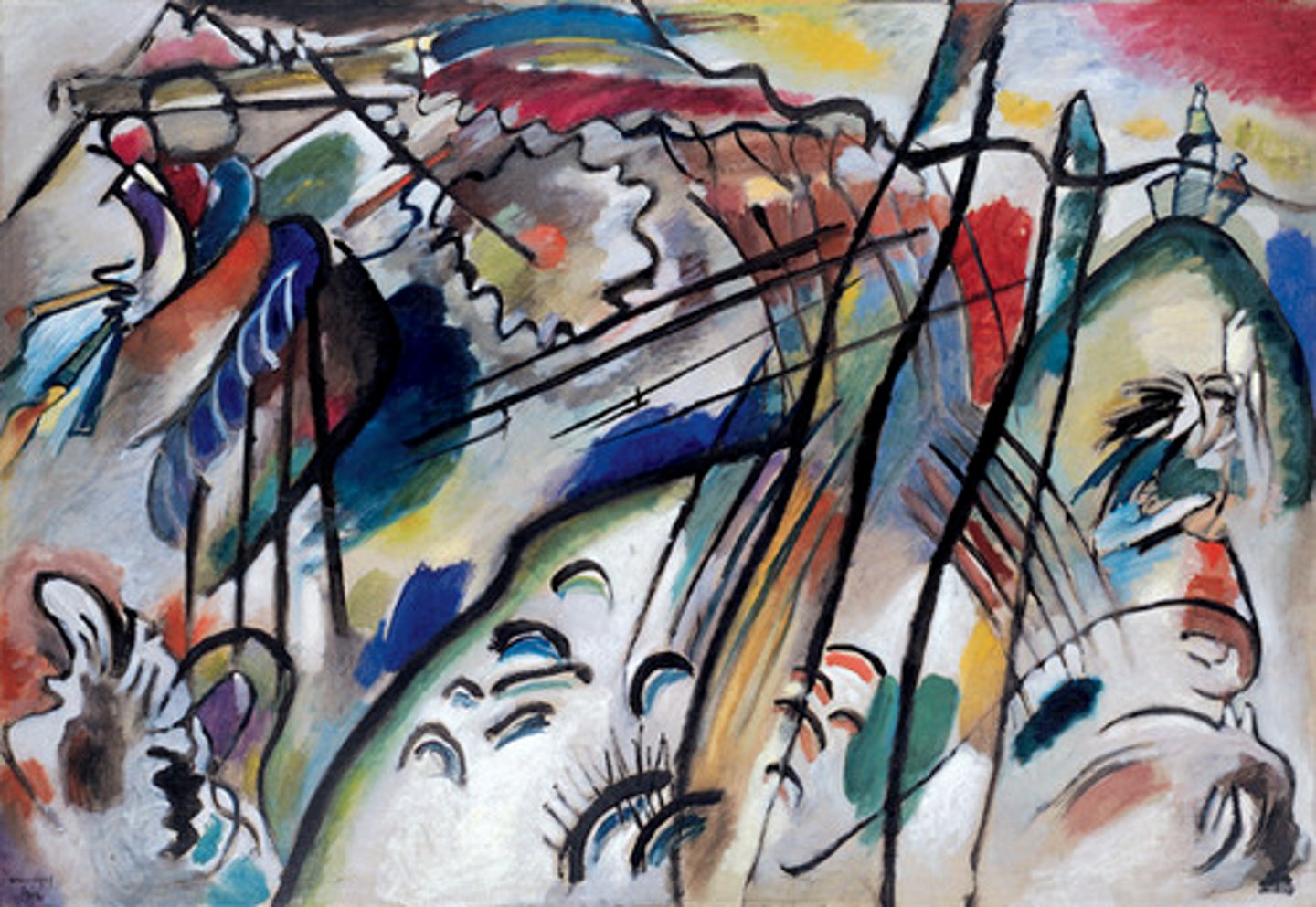
Self-Portrait as a Soldier
Artist: Ernst Ludwig Kirchner
Period: Expressionism
Dates: 1915 C.E.
Culture: Germany
Material: Oil on canvas
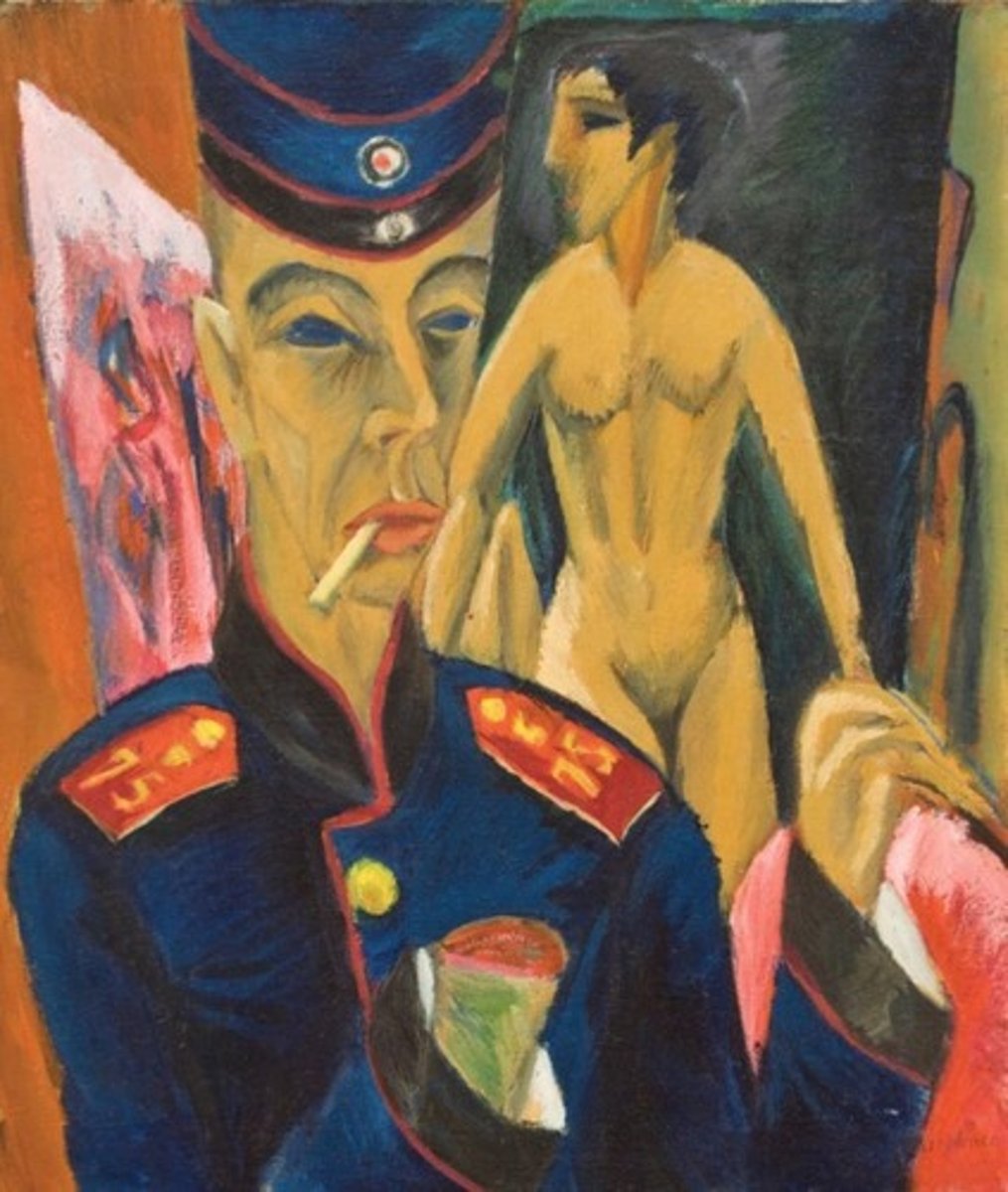
Memorial Sheet for Karl Liebknecht
Artist: Käthe Kollwitz
Period: Expressionism
Dates: 1919-1920 C.E.
Culture: Germany
Material: woodcut with white and black ink added
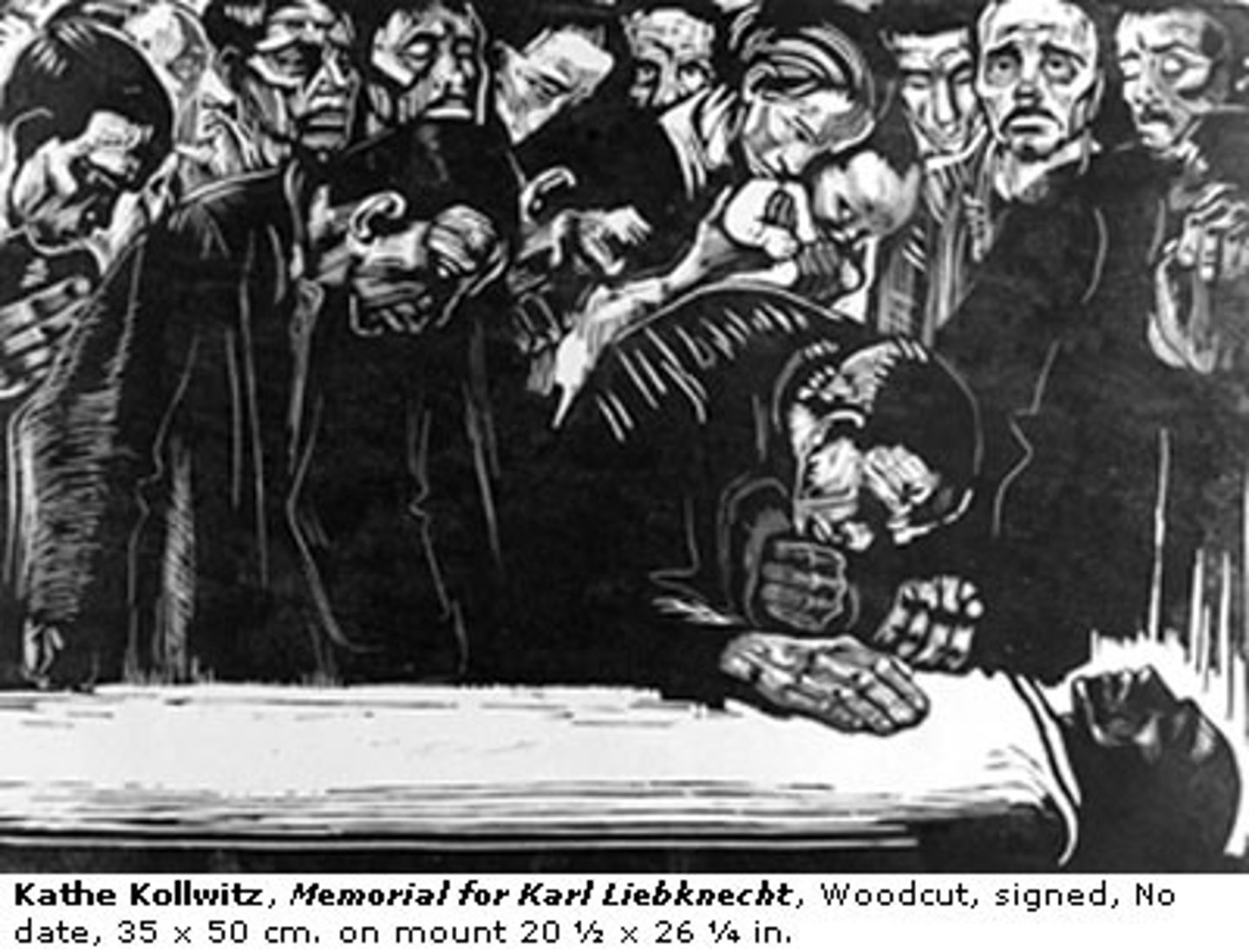
Fountain (second version)
Artist: Marcel Duchamp
Period: Dada
Dates: 1950 C.E. (original dated 1917)
Culture: America
Material: Readymade glazed sanitary china with black paint
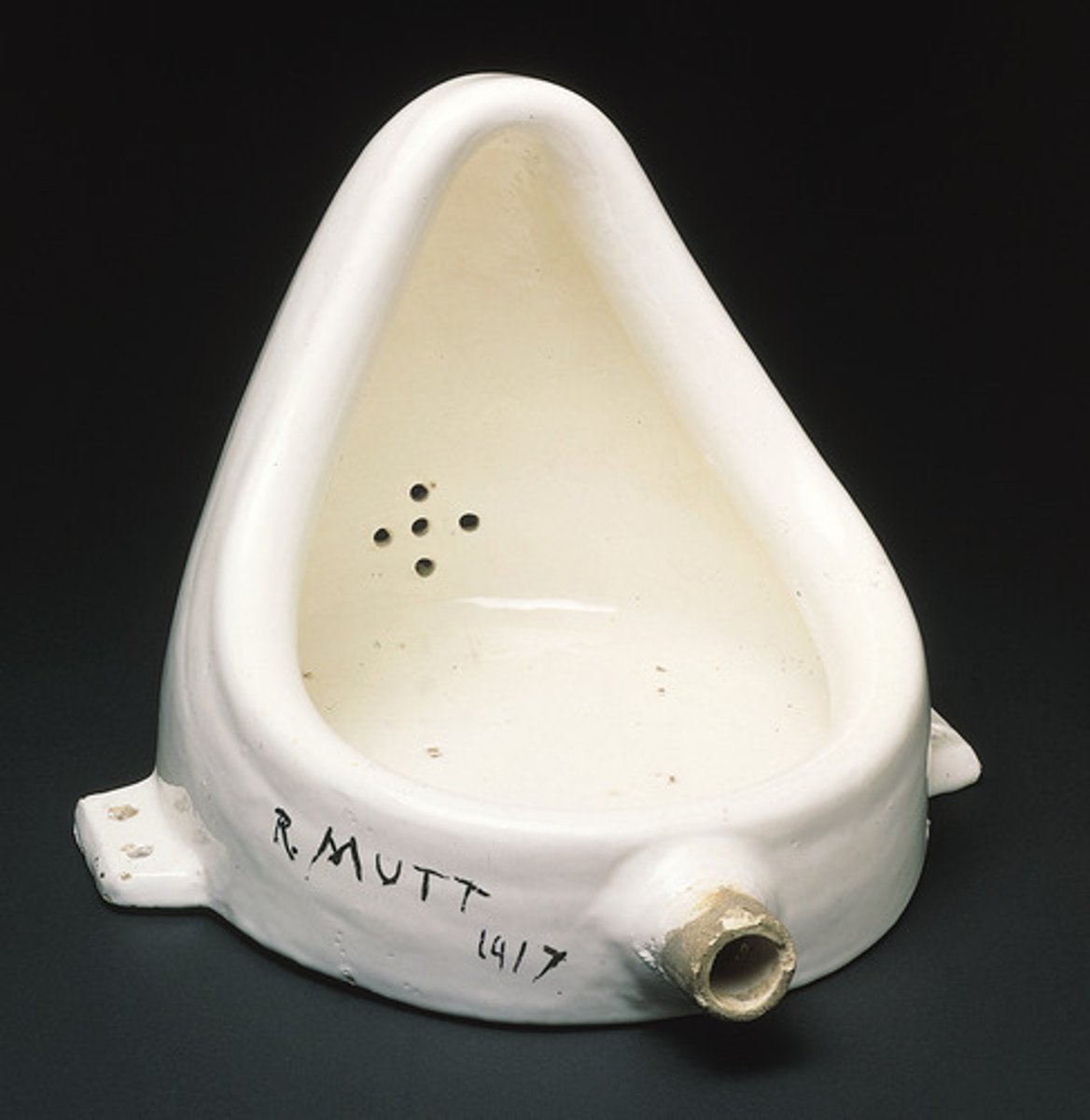
Fallingwater
Architect: Frank Lloyd WrightPeriod: Prairie School
Dates: 1936-1939 C.E.
Culture: Pennsylvania, U.S.A.
Material: Reinforced concrete, sandstone, steel and glass
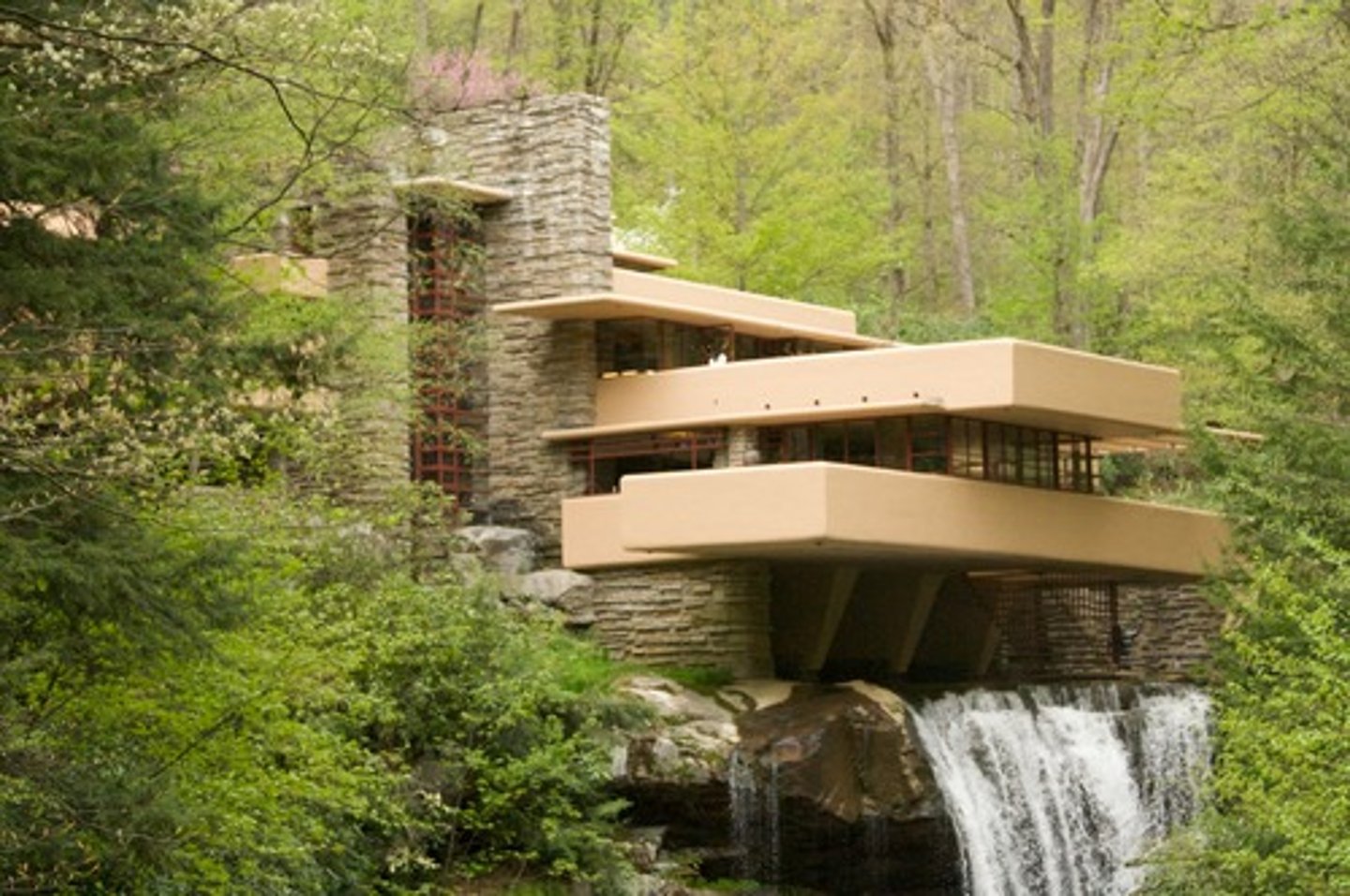
Composition with Red, Blue and Yellow
Artist: Piet Mondrian
Period: De Stijl
Dates: 1930 C.E.
Culture: Netherlands
Material: Oil on canvas
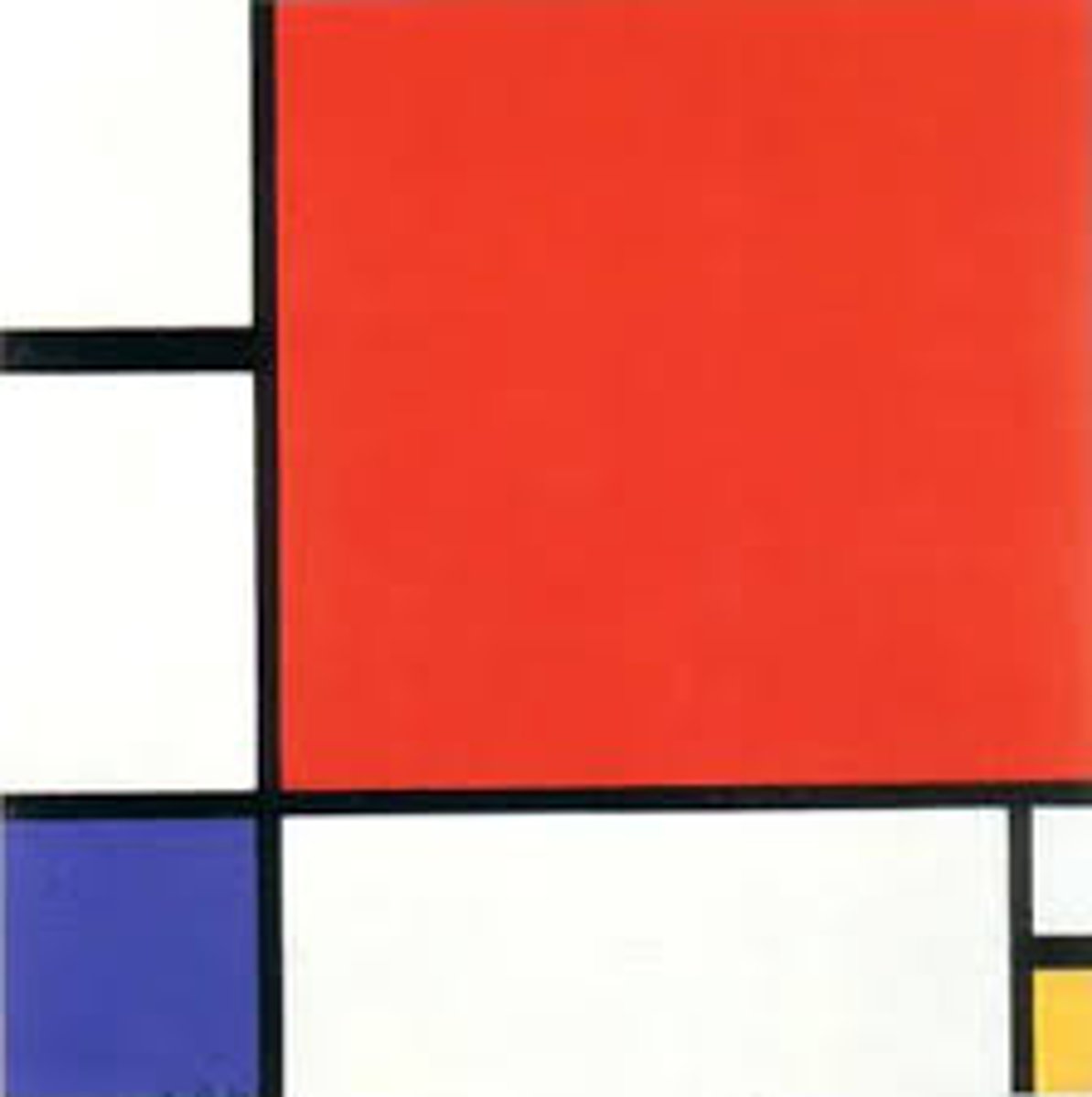
Villa Savoye
Architect: Le Corbusier
Period: International Style
Dates: 1929 C.E.
Culture: Poissy-sur-Seine, France
Material: Steel and reinforced concrete
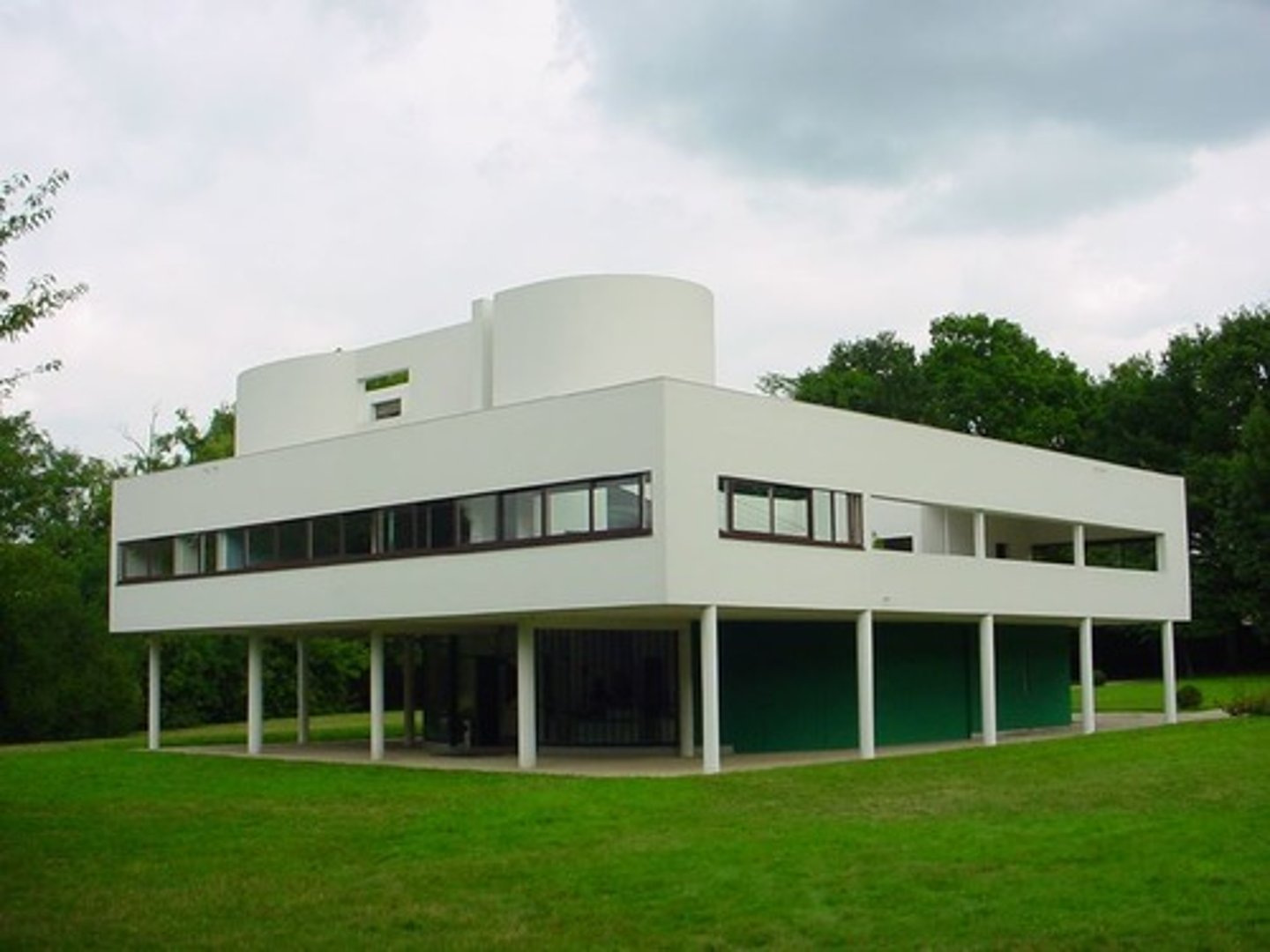
Seagram Building
Architects: Ludwig Mies van der Rohe and Philip Johnson
Period: International Style
Dates: 1954-1958 C.E.
Culture: New York City, U.S.A.
Material: Steel frame with glass curtain wall and bronze
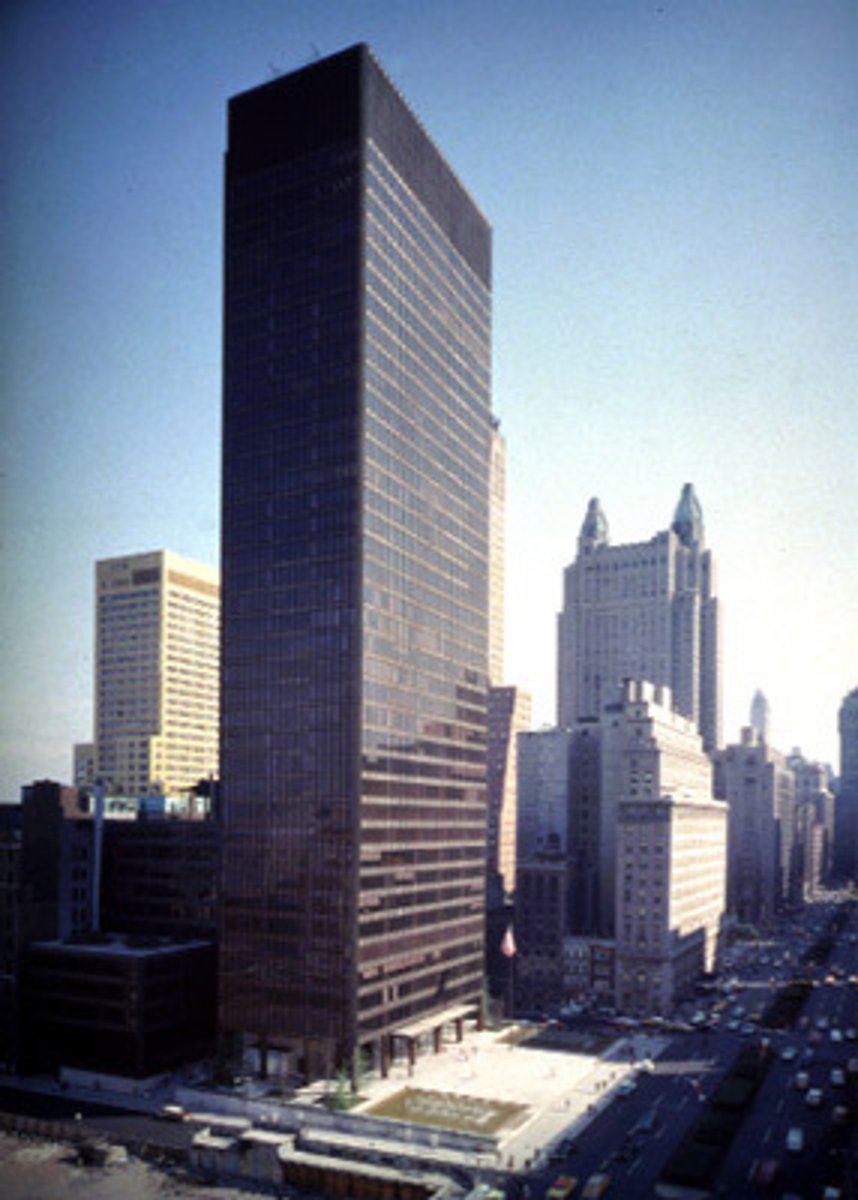
Object (Le Déjeuner en fourrure)
Artist: Meret Oppenheim
Period: Surrealism
Dates: 1936 C.E.
Culture: Swiss
Material: Fur covered cup, saucer and spoon
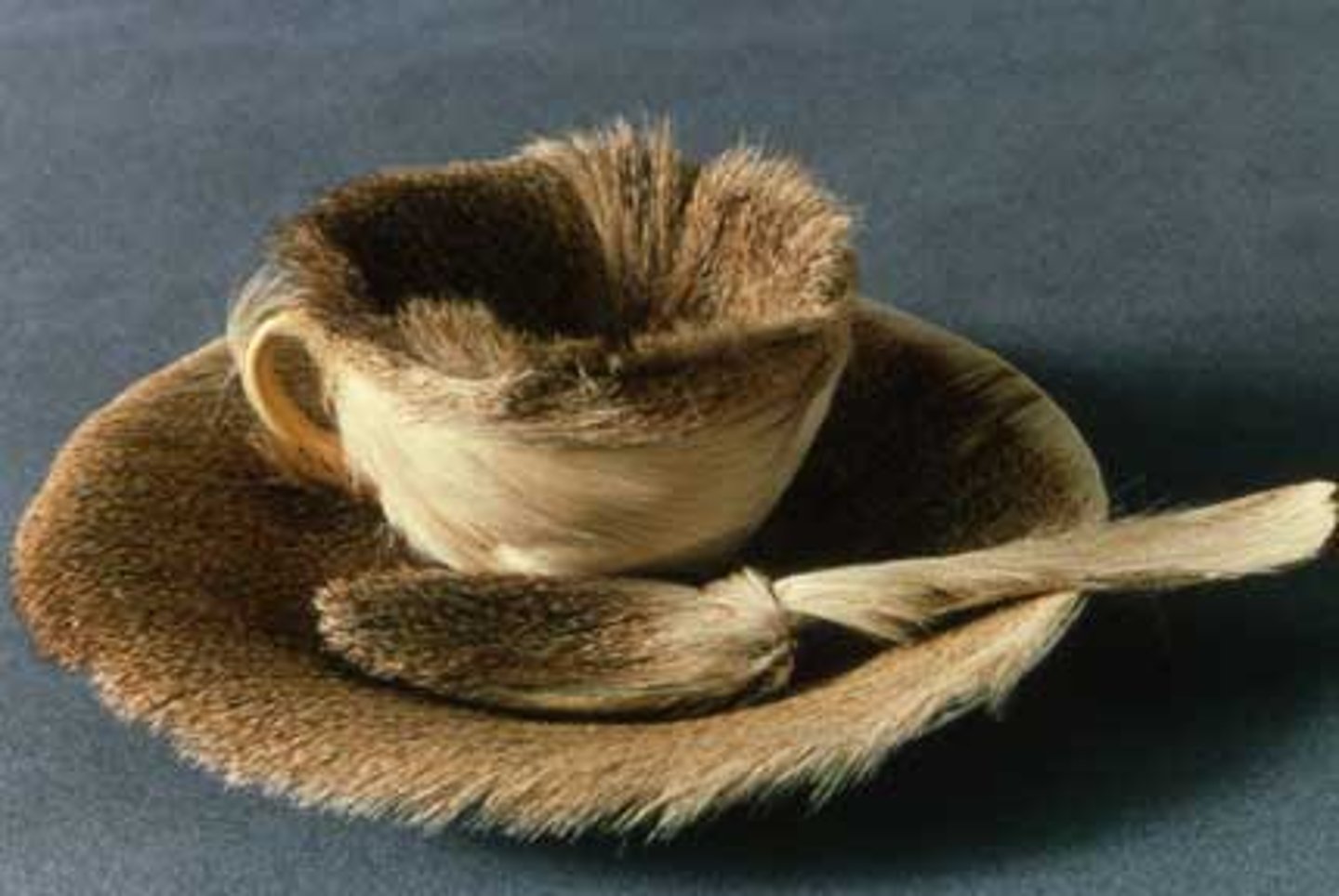
Illustration from The Results of the First Five-Year Plan.
Artist: Varvara Stepanova
Period: Soviet Avant-garde
Dates: 1932 C.E.
Culture: Russian
Material: Photomontage
